Uber Technologies, a giant in the field of ride-sharing, has revolutionized the way that people travel as well as how food delivery services are delivered. Uber’s unique model has reshaped the taxi industry as it has invented a new method to get from points A and B. With millions of customers around the world, Uber’s services include ride-sharing, Uber Eats, and Uber Freight, among others. But, many customers and drivers frequently ask how Uber determines the cost of its services.
In this post, we’ll explain all you must be aware of Uber costs, from the simplest price calculation to more complicated pricing guidelines. We’ll also examine Uber’s rates against its rivals like Lyft as well as traditional taxis to provide you with an idea of what you can expect from Uber’s services.
Uber Pricing Structure: How Much Does Uber Charge?
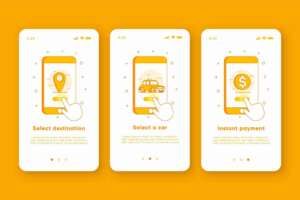
Uber’s pricing system can be complex, yet it’s built upon a few simple components. The price a user pays to take an Uber ride usually includes the following:
- Base Fare: The base fare is the beginning cost of a ride when it is reserved.
- Per Minute: Costs Uber charges per minute for time spent on the ride.
- Per Mile Costs: Uber charges per mile per mile for the distance traveled.
- The Booking Fee: is a set fee that is added to each excursion that will cover operational costs such as background checks and insurance.
The exact cost varies depending on the city, the type of ride, as well as the Uber service used.
Uber Fare Calculation: How Uber Calculates Charges
Uber utilizes an algorithm to determine the cost of each trip. The algorithm is based on several variables:
- Base fare: As stated in the previous paragraph, this is the initial cost for joining an Uber.
- The distance and time: When the ride starts, Uber calculates the cost according to the distance traveled and the amount of time. For example, a quick but slow ride is likely to take longer, while an extended ride will be calculated by a mile.
- Surge Pricing: During periods that are in high demand, like weekends or peak hours, Uber uses surge pricing that increases the price in order to get more drivers to be available.
- Promotions and discounts: Uber often runs promotions that lower the price for customers. These discounts may also affect the final cost calculation.
- Tips: Uber allows riders to pay drivers tips, which can add to the cost after the ride has ended.
Uber Cost Breakdown: What Factors Influence Your Fare?
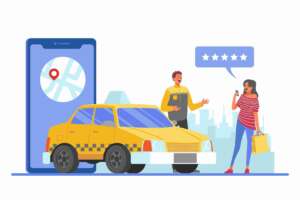
Many factors impact the final price of the cost of your Uber journey. Here’s how:
- Kind of Ride: Uber provides a variety of ride choices, including UberX, Uber Pool, Uber Lux as well as Uber XL. Each one has a different price depending on the level of luxury as well as the number of passengers and the services offered.
- UberX is the most popular, most inexpensive taxi.
- Uber Pool allows riders to join in with other riders, typically for a cheaper cost.
- Uber Lux is for premium services and has higher costs.
- Location: Uber prices vary according to the city, which reflects the costs of living, regulations requirements, and the demand within the area.
- Traffic Conditions: Delays due to traffic congestion can increase the price per minute dependent on the length of time the journey is.
Uber Fare Estimator: How to Predict Your Uber Charges
Uber offers a fare estimator tool on its website and app that allows users to estimate an approximate price before booking a taxi. For this tool to be used, enter the drop-off and pick-up locations, and the estimator calculates an
approximate price according to your selected kind of ride.
Uber Fare Polcies: How Does Uber Calculate Charges?
Uber is based on an array of policies for fares to ensure that pricing is honest and transparent. These are the most important points to keep in mind:
- Surge Pricing: Uber will increase its price when there is a high demand, like high-demand holidays or peak times. Although surge pricing can be controversial, it is a way to ensure that there are more drivers in the market during peak times. Users will be informed when the surge pricing goes into effect.
- Charge for cancellations: If you choose to cancel your Uber ride after a specified time (usually about 5 minutes), then you could receive a cancellation charge. It is usually an unreserved fee.
- Travel Time, Distance and Ride: Uber fare rules are dependent on time and distance. The riders are charged for both the time they spend on the road as well as the distance they travel.
- Uber Eats Charges: When it comes to food delivery via Uber Eats, Uber uses the same pricing system that includes additional fees for delivery and service fees, which may vary based on the distance and area.
Does Uber Charge Extra During Busy Hours?
Indeed, Uber will charge extra fees during peak times, and this is known as “surge pricing. Surge pricing is when there’s a huge demand for rides, but there are not enough drivers on the road. employs Uber dynamic pricing to adjust prices based on demand. That means during high-demand times, like rush hour, or during major celebrations, prices could increase significantly.
Uber Charge Types: What Are They?
They offers a variety of fees, and they can differ based on the type of service.
- Charges for Rides: This includes the base fare, per-minute charges, as well as per-mile fees to ride the actual trip.
- Service Fees: Uber may charge a service fee in addition to the charges for rides, specifically for delivery services such as Uber Eats.
- Cancellation Costs: If a person decides to cancel a ride within an established time and is charged an additional cancellation charge.
- Delivery Costs: for Uber Eats: the delivery cost is calculated depending on the distance and the restaurant.
Uber Driver Charges: How Much Do Uber Drivers Earn?
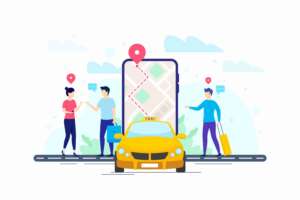
All Uber drivers are paid a fee determined by the distance and duration of their ride. However, Uber also earns an amount of commission per journey. The amount Uber gets can be different but usually ranges between 15 to 30%, based on the area and the nature of the transportation.
- Uber Driver Fee Structure: Uber Drivers are compensated according to the amount they receive, minus Uber’s commission.
- Uber Driver FareShare: When Uber’s commission has been paid, the remaining amount is then given by the driver. This is referred to as their “fare share.”
Uber Charge Comparison: Uber vs Lyft
In comparing Uber costs vs. Lyft charges, both companies share similar pricing structures. However, there are some major distinctions:
- Pricing Transparency Uber is known to offer more specific fare estimates as well as transparent breakdowns of their fare.
- Surge Pricing The two companies, Uber and Lyft, utilize surge pricing in times of high demand, but the actual price can differ.
- The base price is generally more than Lyft’s based on the location.
Uber Ride Sharing Charges: Uber Pool vs Traditional Taxi
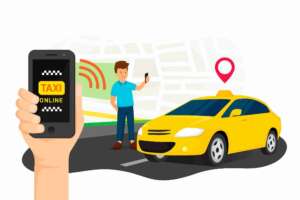
Uber’s ride-sharing fees, especially for Uber Pool, are usually substantially lower than taxis in traditional ways. This is due to the fact that Uber Pool allows multiple riders to ride together and reduces the price per passenger. However, taxis typically charge based on duration and distance, with no option to share rides.
Uber Eats Charges: How Much Does Uber Charge for Food Delivery?
In the case of Uber Eats charges, there are a variety of components:
- Services Fees: Uber charges a cost for each purchase, usually between 15 to 30 percent.
- Delivery Cost: This is determined by how far the location is from the address of delivery.
- Tips: Optional; however, many people prefer to give their delivery drivers tips.
Uber Lux Charges: How Much for Premium Service?
Uber Lux prices are more expensive than the regular Uber services. The reason for this is the premium vehicles and premium service provided. Uber Lux rides give a more luxurious experience, with premium cars and higher pay rates.
Conclusion:
Knowing Uber costs is essential whether you’re a passenger or driver. The price you pay for rides is based on many factors, including the duration, distance locations, price of the surge, and service kind. Uber’s dynamic pricing system allows Uber to provide flexibility and cater to different types of customers, including those seeking affordable options such as Uber Pool to those looking for premium services such as Uber Lux.
Because of Uber’s transparency policy, its customers are able to easily estimate their costs, compare options, and choose the best option for their requirements and budget. The next time you make a booking with an Uber trip, you’ll be able to see the way Uber determines its fares and charges.
FAQs:
Q1. How do I make Uber calculate my price?
Uber calculates the cost of your ride using a combination of base price, per-minute costs, per-mile charges and any other fees like surge pricing and booking charges.
Q2.Does Uber charge an extra fee during busy times?
Uber utilizes surge pricing during peak hours or when demand is higher than the available drivers. The price can rise substantially, and passengers are informed before confirmation of the ride.
Q3. What’s the cancellation cost on Uber?
If you choose to cancel an Uber ride after a specific time (typically less than 5 minutes), there is the possibility of incurring an additional cancellation charge. It’s usually the case with a flat rate, but it may vary based on the location.
Q4. What is the average amount Uber drivers make?
Uber drivers pay a fee depending on the duration and distance of their journey, which is less than the commission Uber charges (usually 15%-30 percent). Additionally, they may earn tips from customers who pay the cost of their service.
Q5. Are Uber costs different for every kind of ride?
Sure, Uber provides a variety of different rides, including UberX, Uber Pool, and Uber Lux, each with different prices. Uber Pool, for example, tends to be less expensive because of shared rides.
Q6. What is the process by which Uber Eats charges work?
Uber Eats charges include a service charge (15%-30 percent) as well as a delivery cost that is based on the distance between the restaurant and the address of delivery. Customers are also able to leave a tip to the driver of the delivery.
Q7. How do Uber’s rates compare with traditional taxis?
Uber generally offers cheaper prices than traditional taxis, particularly for long distances or shared rides such as Uber Pool. Taxi rates are usually fixed, whereas Uber costs vary according to demand, distance, as well as time.What exactly is Uber Lux, and how much will it cost?


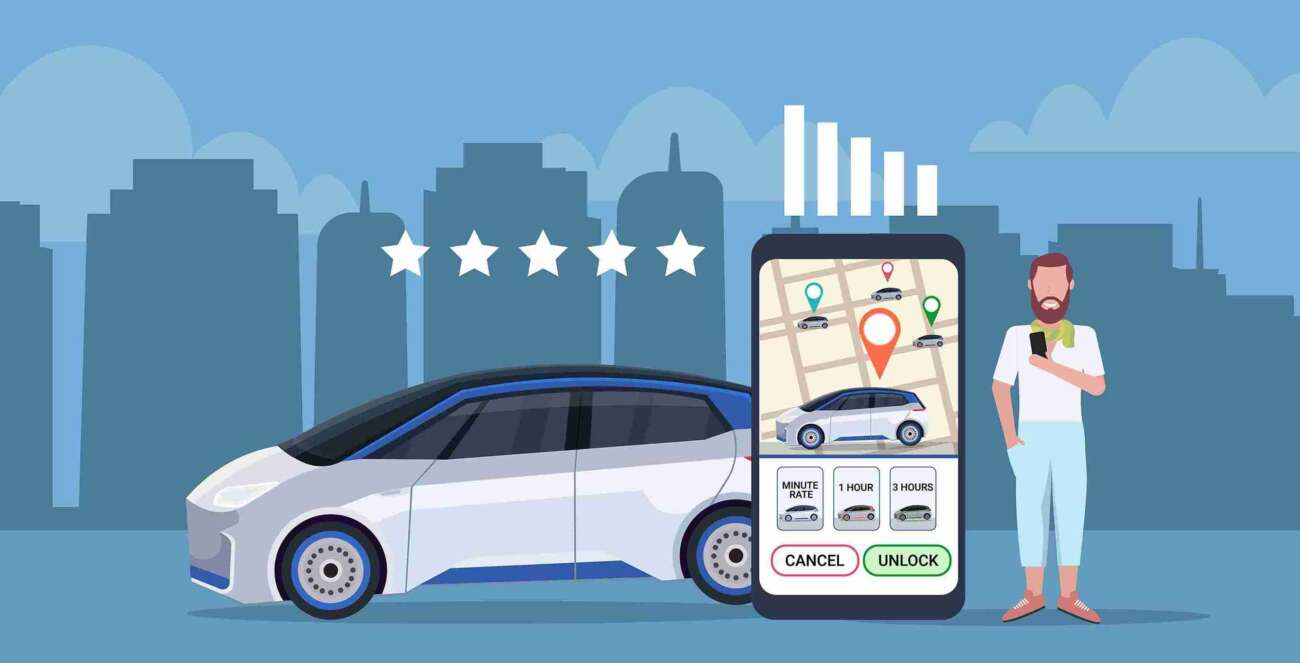
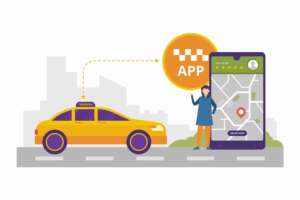






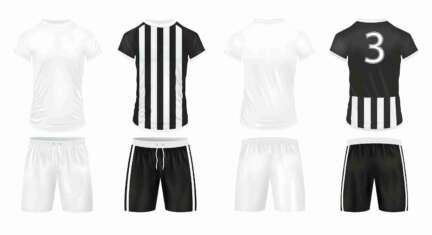
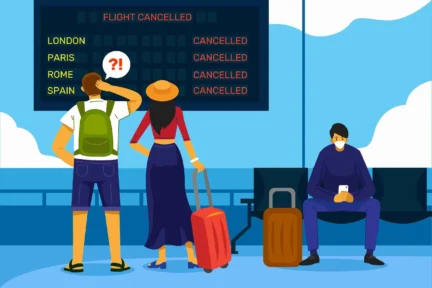
Leave a Comment